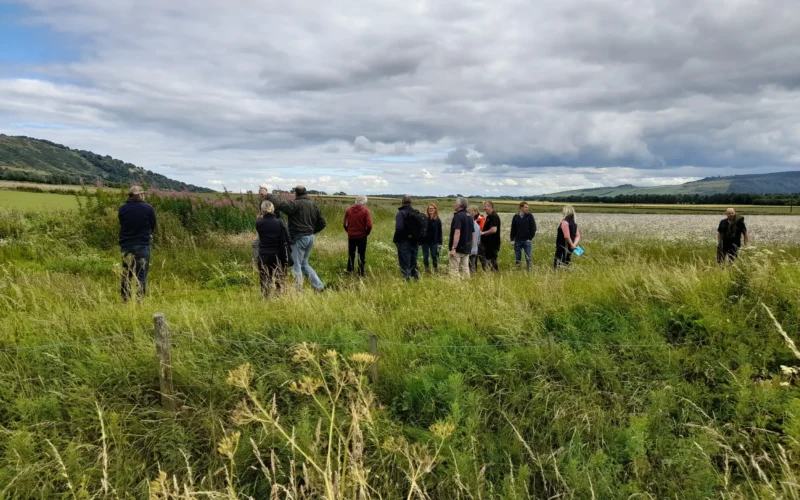The FAS Soil and Nutrient Network farms, started originally as a collaboration between the now closed Farming for a Better Climate and Farming and Water Scotland, are taking a ‘before and after’ look at how to protect and improve farm soils and make best use of both organic and inorganic fertilisers, saving money, benefitting yields and improving farm efficiency and resilience.
Here, we revisit their top five tips for better soil and nutrient management.
1. Know your soils
Poor soil structure can go unseen and lead to a host of problems. Dig a soil pit and assess your soil structure.
2. Establish and correct soil pH
Below target pH makes it harder for crops to access nutrients in the soil. Soil testing and using precision farming techniques could help to even out pH across farm fields.
3. Establish soil nutrient status
Soil testing is key; without knowing current nutrient status you can’t accurately plan future applications. You may already be at high status for P and K, therefore may not need to apply these nutrients to all fields next year.
4. Establish nutrients in slurry and manures
Slurry sample at time of spreading and factor this in to your nutrient budget. Making use of the nutrients in slurry and FYM could reduce your fertiliser bill.
5. Carry out a nutrient budget
PLANET Scotland is free to use; email farmingandwater@sac.co.uk to enquire about a free PLANET Scotland training course to work out a nutrient budget for your farm.
Useful information:
- Visit Scotland’s Farm Advisory Service (FAS) to learn more about the findings from the Soil and Nutrient Network farms
- Download the CREW Valuing Your Soils brochure

